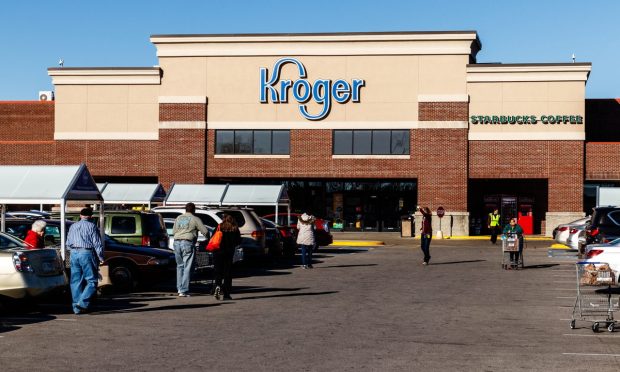Kroger Leverages Data Analytics in the Fight Against Inflation

For today’s grocers, rapid food inflation may be the most significant headwind, with skyrocketing food prices resulting in many consumers seeking alternatives.
Kroger, the United States’ leading pure-play grocer, for its part, is leveraging data insights both to maximize the effectiveness of its offers for rewards members and to optimize inventory. Rodney McMullen, the company’s CEO and chairman, explained to analysts on a call Thursday (June 16), discussing the grocer’s first quarter 2022 results, how analytics tools are boosting the company’s deals and rewards strategy.
“Our data science platform provides unique insights that creates personalized customer experiences in this dynamic environment where customer behaviors are changing rapidly,” McMullen said. “We use our data and insights to be nimble and react quickly to ever-changing data. Our broad-based data science approach helps us determine how to best implement price, promotion and display, … delivering incredible value to our customers through relevant personalized offers and fuel rewards.”
Additionally, he noted that, when it comes to inventory, 84.51˚, the grocer’s data science, insights and media arm, is “improv[ing] our ability to maintain fresh products in stock,” both in the company’s brick-and-mortar stores and on its eCommerce channels. Moves such as these can be especially effective, given that most grocery shoppers view stock levels as important to them when choosing between merchants.
In fact, research from PYMNTS’ January study “Decoding Customer Affinity: The Customer Loyalty to Merchants Survey 2022,” created in collaboration with Toshiba Global Commerce Solutions, which drew from the results of a survey of more than 2,000 United States consumers, revealed that 51% of shoppers said ensuring that the grocery products they want are in stock and available for purchase is key to their continued patronage of a given merchant.
Get the report: The Customer Loyalty to Merchants Survey 2022
Like other major retailers, including Walmart and Target, Kroger has also seen its customers shift to purchasing private-label items rather than paying the higher price for national brands. McMullen noted, “tremendous growth” in private label, adding that this growth “outpaced all national brands” and that the grocer launched 239 new products in the quarter.
“We continue to invest heavily in the quality of our brands, which preserves our strong price position and drives higher profitability,” he said.
Research from the May U.S. edition of PYMNTS’ Digital Economy Payments study, “Digital Economy Payments: How Consumers Pay in the Digital World,” showed that consumers’ average spending on their grocery purchases fell between March and April even as food prices continued to rise. That suggests consumers were likely choosing to shift to lower-priced brands or products.
See more: Insufficient Funds Caused 27% of Consumer Payment Declines in April
The Consumer Price Index for All Urban Consumers (CPI-U), reported by the U.S. Bureau of Labor Statistics (BLS) Friday (June 10), showed that grocery prices are inflating far faster than the prices of all items. The CPI-U noted that food at home (i.e., grocery) prices grew 11.9% year over year in May, a whopping 38% higher than the overall rate.
